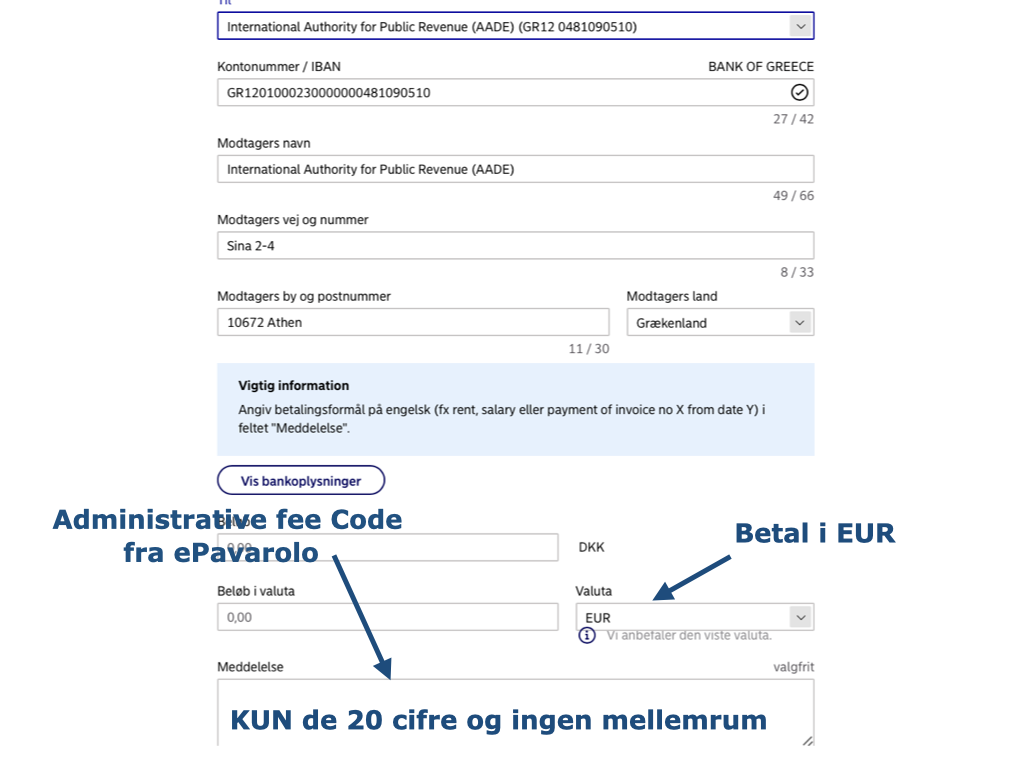Twice a year the equator passes the center of the sun. Astronomers call it the equinox. It's Latin. Compounded from the word equi meaning equal, and nox, which means night. Colloquially equinox. Actually a bit misleading. After all, the equinox is not, as the word suggests, a day. But a point in time.
Is it then true that day and night are equally long at the equinox?
Yes, the astronomers will say. But they will add. Only if you use the center of the sun as the measuring point and adjust for the atmosphere refracting the sun's light.
But then day and night are also exactly 12 hours everywhere on earth (Almost )
Light and fertility
From the vernal equinox, the sun will shine more in the northern than the southern hemisphere for the next 6 months.
For thousands of years it has been celebrated as the arrival of light and fertility.
At Stonehenge in England, a ritual is held as it has been for the past 3.000 years. In Mexico, people gather to watch a snake-like shadow cast by a pyramid at the equinox.
In Iraq, Albania, Kosovo, Afghanistan and a number of countries in Central Asia, Nowruz is celebrated. Now, meaning new and Ruz, meaning day, have been celebrated for almost 4.000 years. According to the legend, because it was at the vernal equinox, King Jahmids conquered the darkness.
It was also around the vernal equinox that Moses led the Jews out of captivity in Egypt. It is still celebrated today with Pesach, the most important Jewish holiday.
In Christianity, Pesach became Easter, where people mourn Jesus' crucifixion and rejoice in his resurrection.
As a rule of thumb, Easter Sunday falls on the first Sunday after the first full moon after the vernal equinox. (Yes, if you follow the Gregorian calendar)
Why Easter Eggs
In a Germanic legend, spring was brought by the goddess Ostara.
One year she arrived late. The first thing she saw was a small bird. It was freezing to death. She picked it up. Warmed it in her hands. When it got warm, it lost its wings because it had been frozen for so long. Now the poor bird could not fly. Overwhelmed with guilt, Ostara turned the bird into a hare, which she named Lepus.
Now it could run as fast as it could fly before.
But it couldn't lay eggs. Again Ostara intervened. And then the hare could lay eggs, as when it was a bird.
At some point, Lepus fell out of favor with Ostara. (Supposedly because it was having an affair with someone else).
In anger, Ostara set it up in the sky. Right below the hunter Orion, who Lepus has been on the run from ever since.
At one point, Ostara became a little more lenient. Once a year. At the vernal equinox, Lepus was allowed to come down to earth and give the children eggs.
Hence the tradition of Easter bunnies and Easter eggs.
In modern German, Easter is also called Ostern. According to linguists, it is derived from the name Ostara, which in English has become Easter.
Ostara is a still in our Northern European culture and self-understanding.


